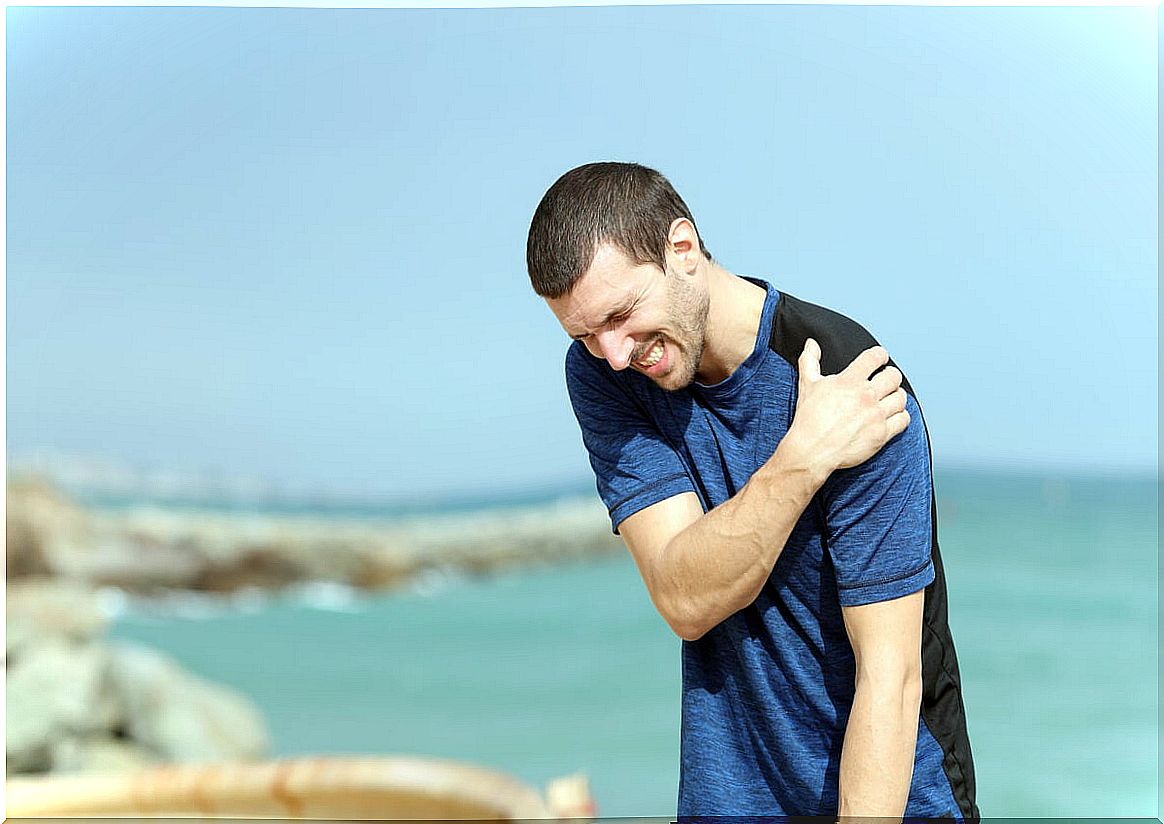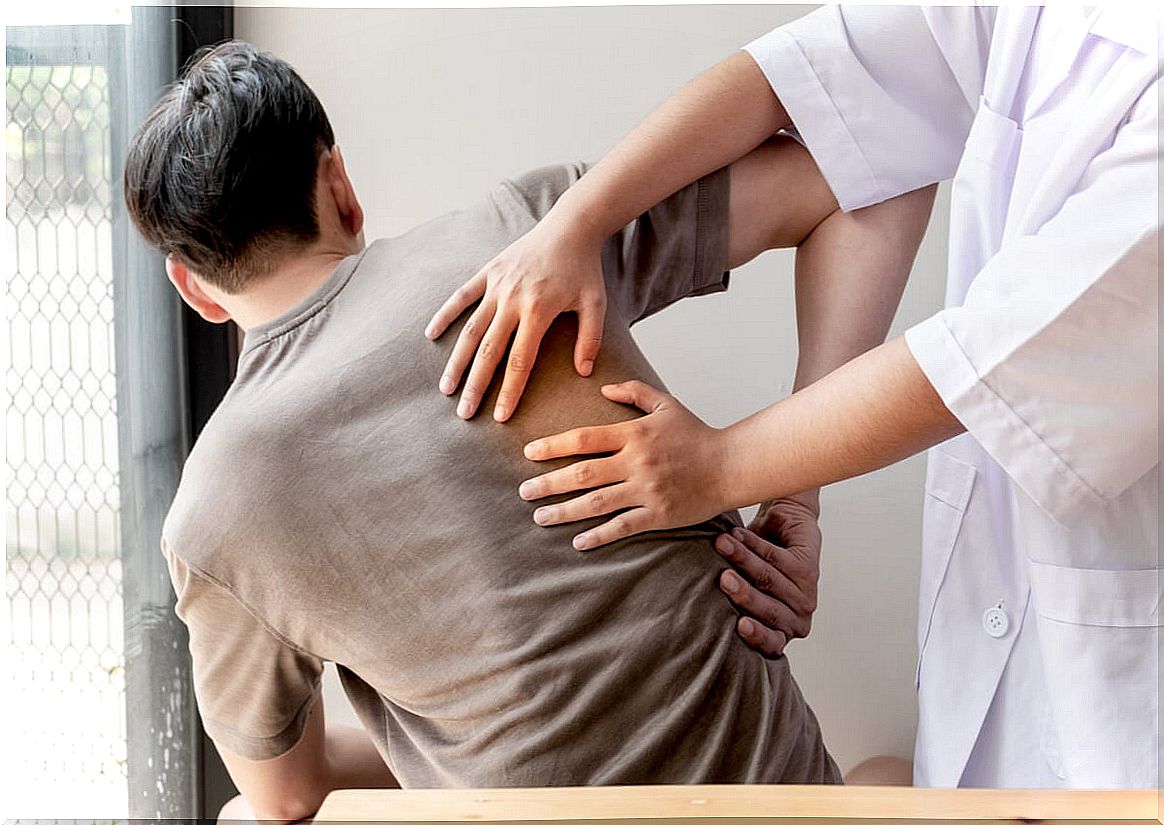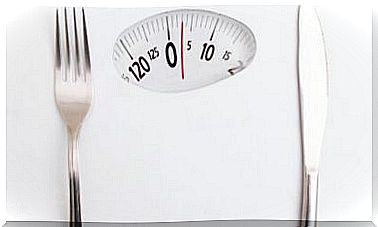Rear Delts: How To Train Them Correctly
The posterior deltoid is a shoulder muscle that, although small, is of great importance in training. The fibers run from the scapula to the humerus and are heavily involved in transverse extension.
Emphasizing this muscle when training will make all the difference. For one thing, the rear delts make the entire shoulder area appear rounder. In addition, they are vital for stabilizing the joint during weight lifting and when performing pulling movements.
What movements does the upper deltoid do?
The deltoid muscle is the main muscle of the glenohumeral (shoulder) joint and plays an important role in macroscopic movements of the arm. It consists of three muscle heads: the anterior deltoid, the lateral deltoid, and the posterior deltoid.
Function is motor, including shoulder abduction, flexion, and extension. This allows the joint to remain in its resting position, while you have the option of moving backward when necessary.
It is important to keep in mind that each head of the deltoid muscle plays a key role in stabilizing the glenohumeral joint, which serves to improve the smoothness and overall quality of arm movement:
- The anterior deltoid rotates the shoulder joint medially by pulling inward, allowing the arm to move forward (forward flexion).
- The lateral deltoid rotates the shoulder joint by laterally moving the arm outward (abduction). Abduction of the arm results in it moving away from the body, as if it were extended.
- The posterior deltoid rotates the joint laterally.

Exercises to train the posterior deltoid
Training the rear delts is not only key to completing shoulder development, but also because they play an important role in stability and injury reduction. That is why these exercises should be added to the routine.
1. High bar row
To do the high bar row, take a bar with a wide grip, making sure your arms are at about 45 degrees. Slightly bend your knees and rotate your hips until your back is almost parallel to the ground.
From this position imagine pushing your fists down to extend your shoulder blades and lifting the weight to your upper chest with your elbows elevated. During the lift, direct the elbows up and back behind the body as much as possible.
When you reach the top position, your elbows should be at a 90 degree angle. Pause briefly and lower the bar again.
2. Incline dumbbell row
To perform the incline dumbbell row, use a bench with a 30 degree incline. Lie face down on it, with your head above the bench. Be careful with the height.
If the angle is wider, the activation will focus on the lateral deltoids and the back muscles; if it is lower, you will not be able to get a full rank.
Then take a dumbbell in each hand. Raise the dumbbells at the same time, pulling up with your elbows at an angle to the sides so that the rear delts are in a stronger position, preventing the lats from working in place.
Hold the position for a few seconds while contracting the upper and back of your shoulders and back. Then slowly return to the starting position. On each rep, think about bringing your elbows up and back to activate your rear delts.
3. Wolverine – High Pulley Double Lateral Extension
The wolverine ( wolverine ) high pulley lateral extension involves the rear delts, as well as the lats, traps, and rhomboids. In this exercise the posterior delts assist with the extension of the humerus.
To do this you need two high pulley machines and a hand grip for each. Place the pulleys at the same height, above your shoulders and catch the cross grips with your palms facing inward (i.e. the left pulley with the right arm and the right pulley with the left arm).
Now extend both arms simultaneously diagonally until the arms are positioned along the trunk. Hold the final position for a few seconds by squeezing your upper back muscles and return to the starting position in a controlled manner.
4. Face pull lying down
The face pull is performed with a pulley machine and the double rope attachment. To do it lying down, lie on the floor on a mat with your legs bent and your feet supported. This will eliminate the effects of gravity when exercising and will isolate the movement in the rear deltoid.
Grab the rope and pull towards the face, until the elbows touch the ground, while turning the shoulder out. During this movement the hands should almost reach the floor, thinking of pushing the elbows up and back.
5. Wide grip inverted row
The wide-grip inverted row is an exercise that involves working the rear delts, along with the rest of the upper back muscles. The posterior deltoid abducts the upper arm bone horizontally when pulling on the bar.
This exercise is done on the Smith machine . Place the bar at or slightly lower than your waist. Then lie on the floor, on a mat, with the bar above your chest and your feet together. Grip the bar with a wide enough gap between your hands that there is a 90 degree angle at the elbow at the end of the phase of the movement.
Keeping your elbows at shoulder level, lift yourself up until your sternum almost touches the bar. The only thing that stays on the ground are the heels. Try to keep a straight line from head to ankles. Finally, return to the starting position by lowering slowly and with control.

6. Standing reverse fly with forward bend
The standing forward bend reverse fly is performed with the legs shoulder-width apart and bent, with the trunk bent forward. The position allows the rear delts to be at a good angle to work against gravity and produce force. In addition, it requires an intense work of the muscles of the posterior chain.
In the starting position, grab a dumbbell in each hand with a neutral grip (palms facing each other). The dumbbells should be under the chest with the elbows slightly bent. From there, raise your arms out to the sides until they are parallel to the ground.
In this position, squeeze your upper back muscles for a few moments. Then slowly return to the initial pose, controlling the descent.
The rear deltoid is not easy to train
Concentrating work on the rear delts is not always easy. In fact, as we have seen, many exercises are variations of other basic ones.
This means that they generally seem more uncomfortable to do. And many times it is. But it is precisely this variation that allows the recruitment of muscles that do not usually do a main or important work during workouts.
It should be noted the importance of taking care of your posture. Not only because the correct muscles are not being activated to achieve the objectives of the exercises, but because an incorrect position can cause shoulder and back pain.









